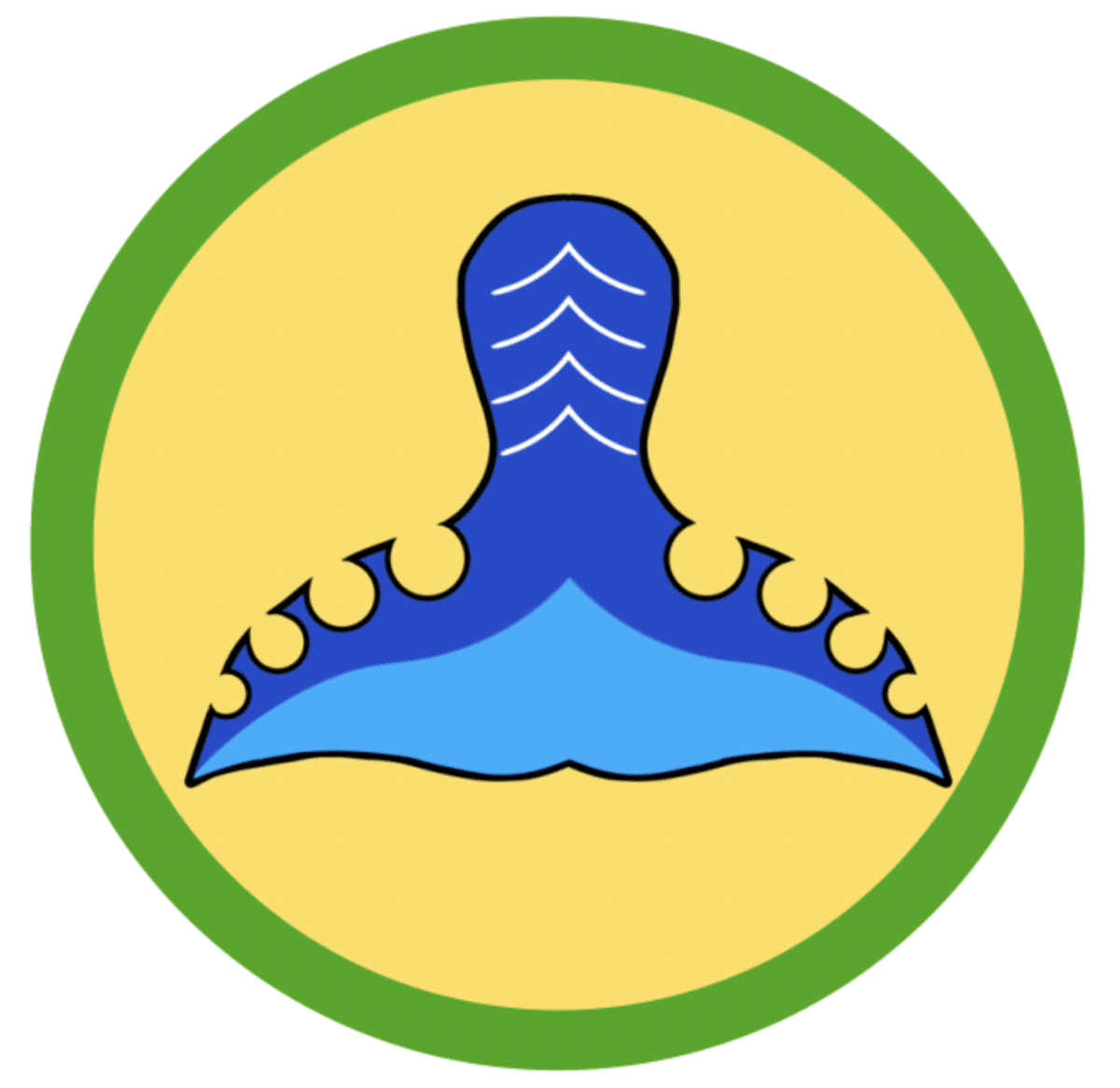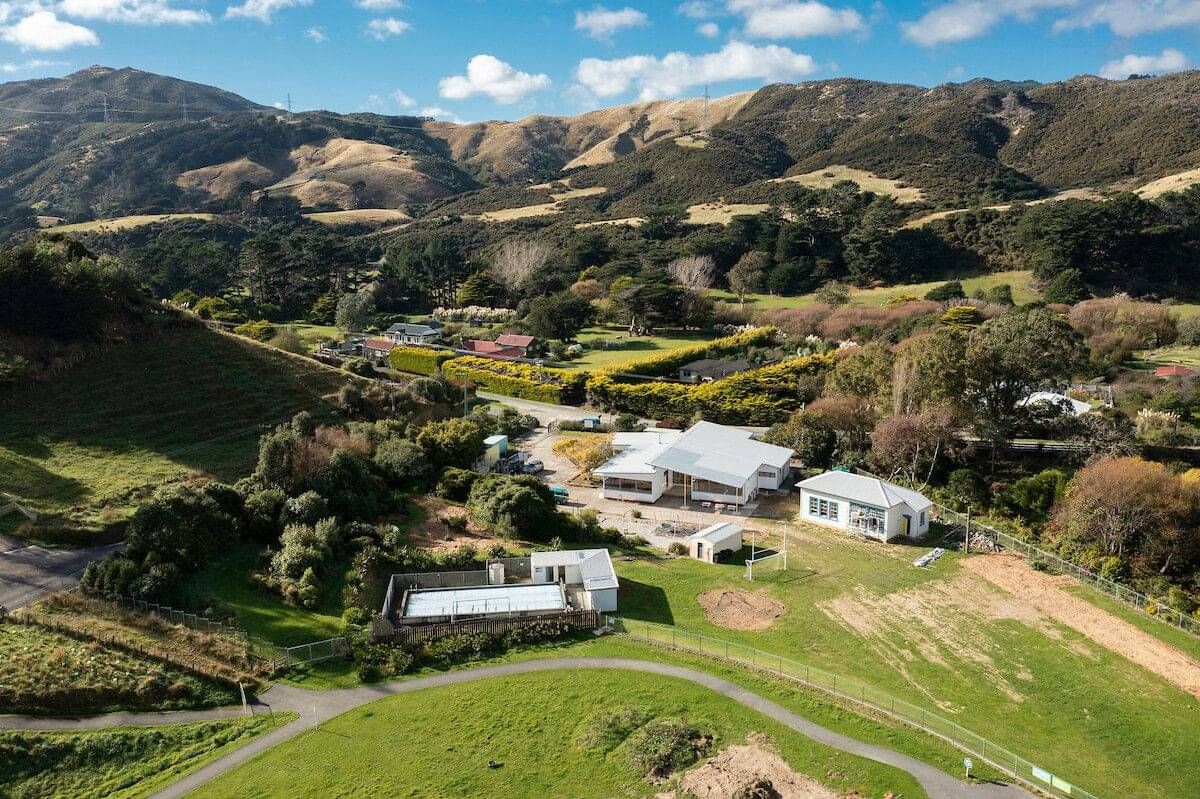
Ako
The whale tail is a symbol of intelligence and the marama pattern along the tail symbolises the moon and the cycle of growth, which ties into our cycle of inquiry that our learning contexts follow. It embraces Tuakana Teina as a way of learning, where we are all learners, we are all on a journey together, and help make each other stronger. Blue is the colour of intelligence, confidence and responsibility.
Tuakana-Teina & Ako (the child as both teacher and learner)
The concept of Ako is used extensively and teachers plan carefully when and how it is used for maximum benefit for the children. Students are grouped in this way for learning experiences where it is beneficial for children to have interaction with others who have different learning needs and different understandings from themselves. This presents opportunities for children to be teachers themselves and to learn from each other.
Research shows that through teaching we deepen our own learning and understanding and of
course we need to utilise a range of skills to engage and interest our learners. Our older children gain in self-esteem and self-awareness as they are admired and respected by the younger students.
The younger students are able to be involved in a much wider range of activities due to the help and support they receive from older students. They are also exposed to language and ideas that extend their own thinking through contact with the older students. This model is reciprocally beneficial to all children and we have observed that the contact the children have during class time opens the
door for contact during social time as well. Children of all different ages choose to play together and interact in their own time.
We also know that the children show respect and friendship towards others regardless of age when they are outside the school setting as well. We use this model for pairings and family groupings and discuss which type of arrangement best suits the activity at the planning stage.
We would typically use this for PE, maths reading, science, social studies, languages, health, art/craft and technology based activities.

